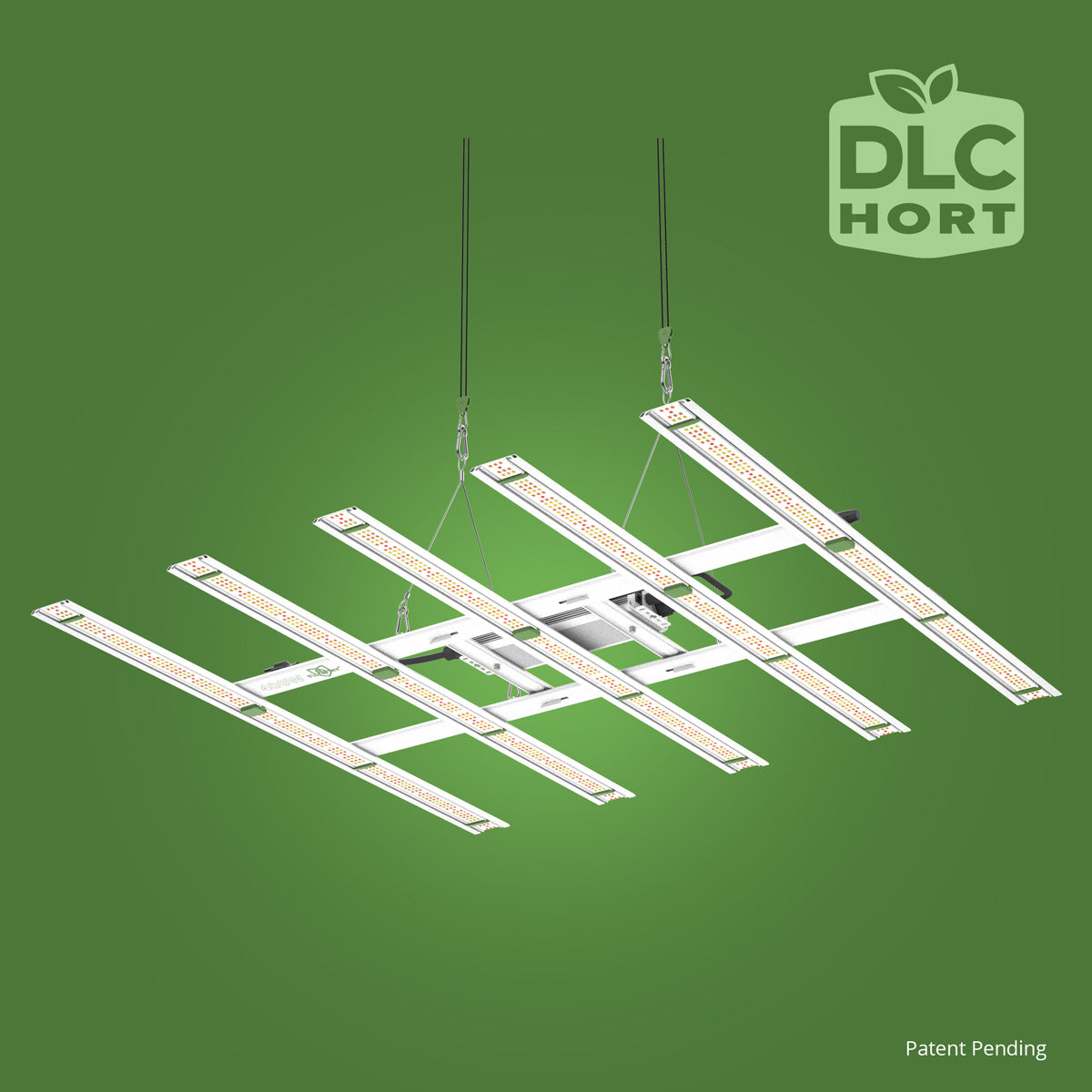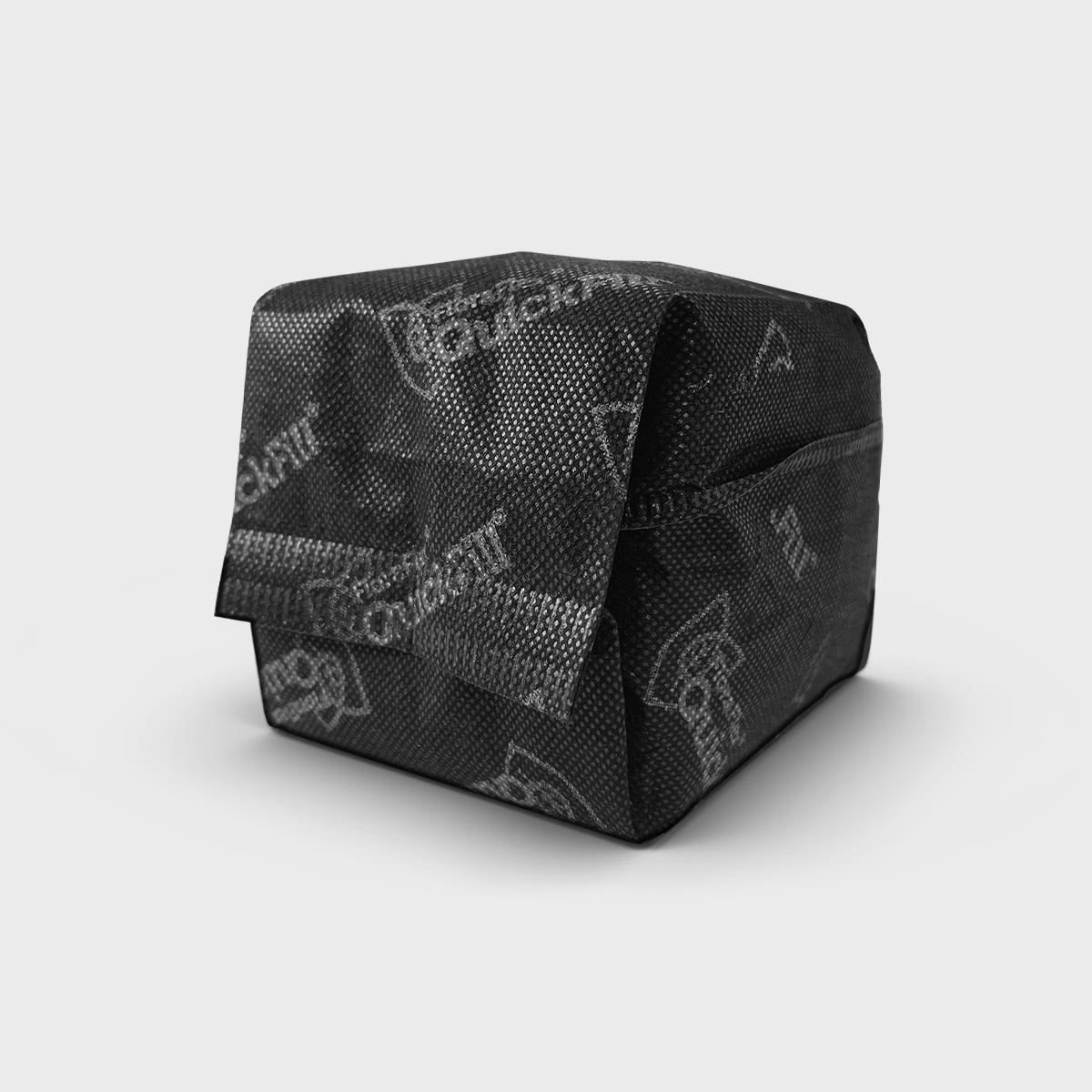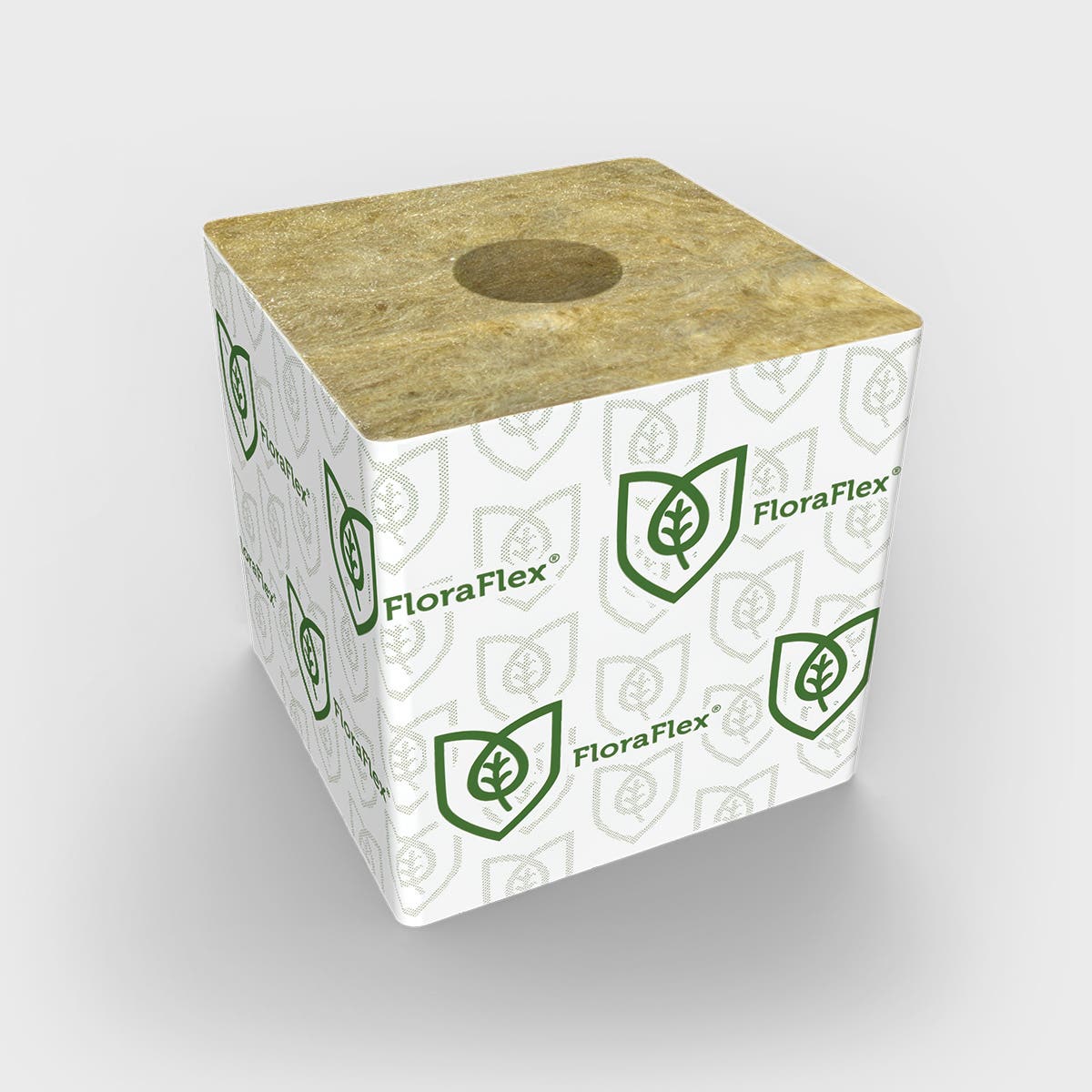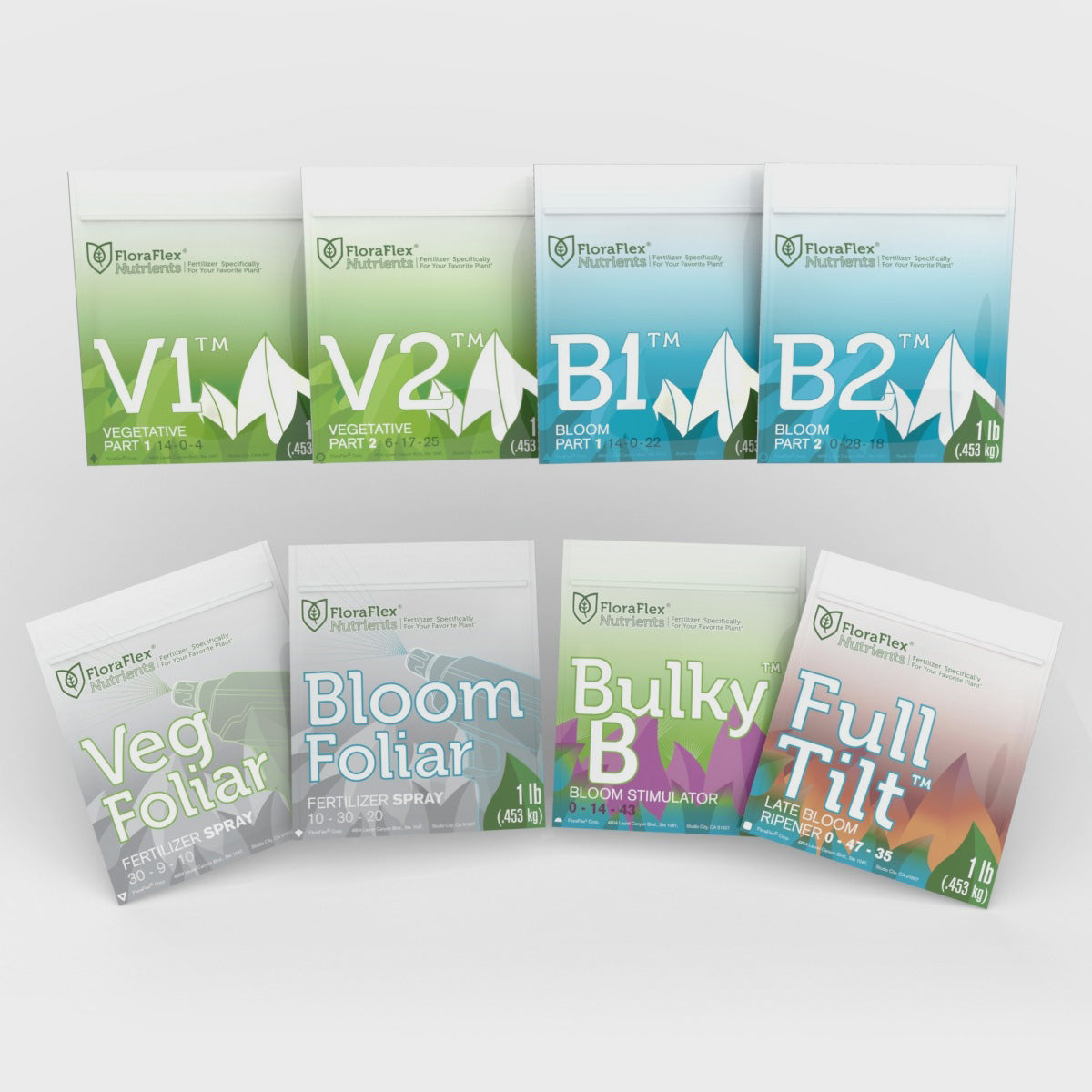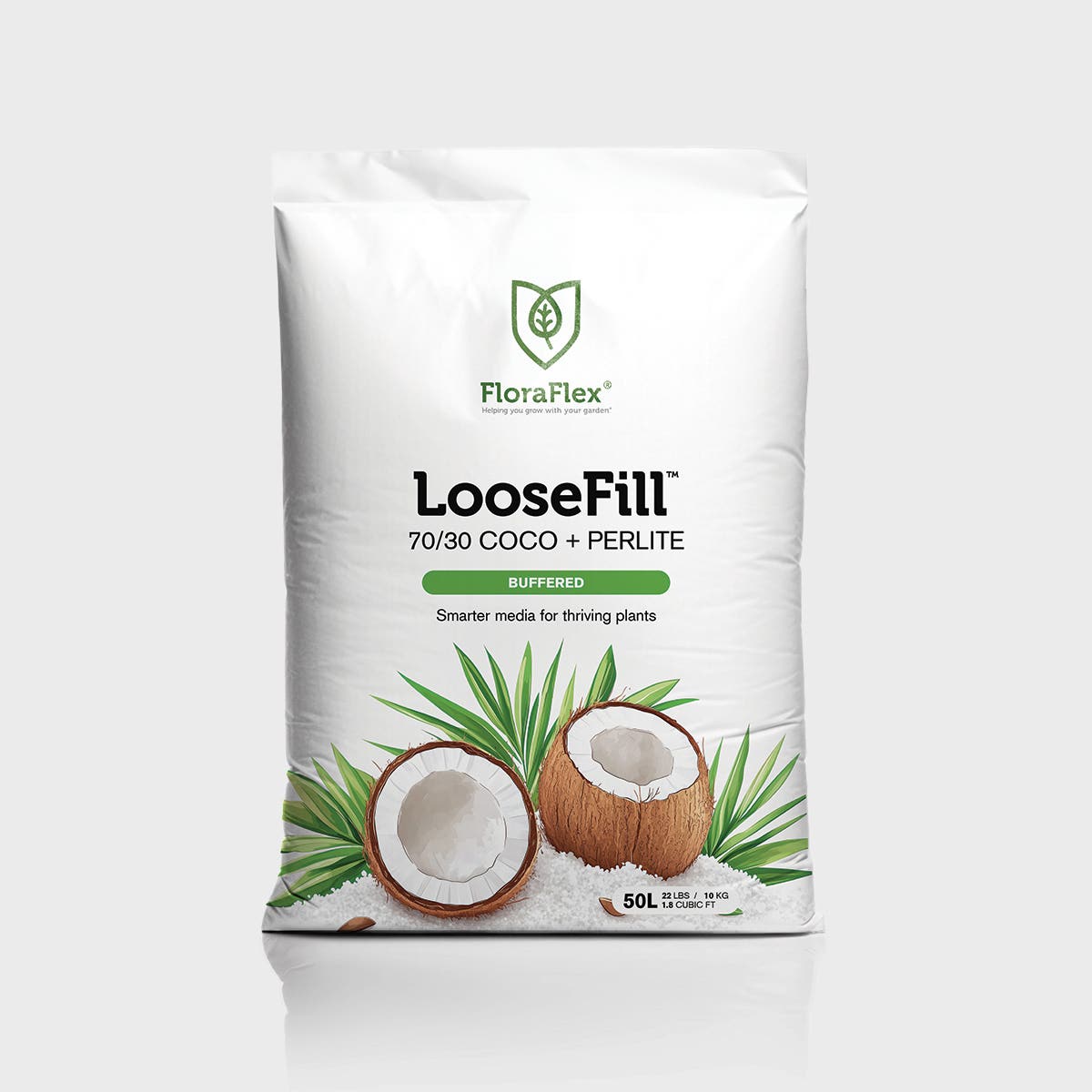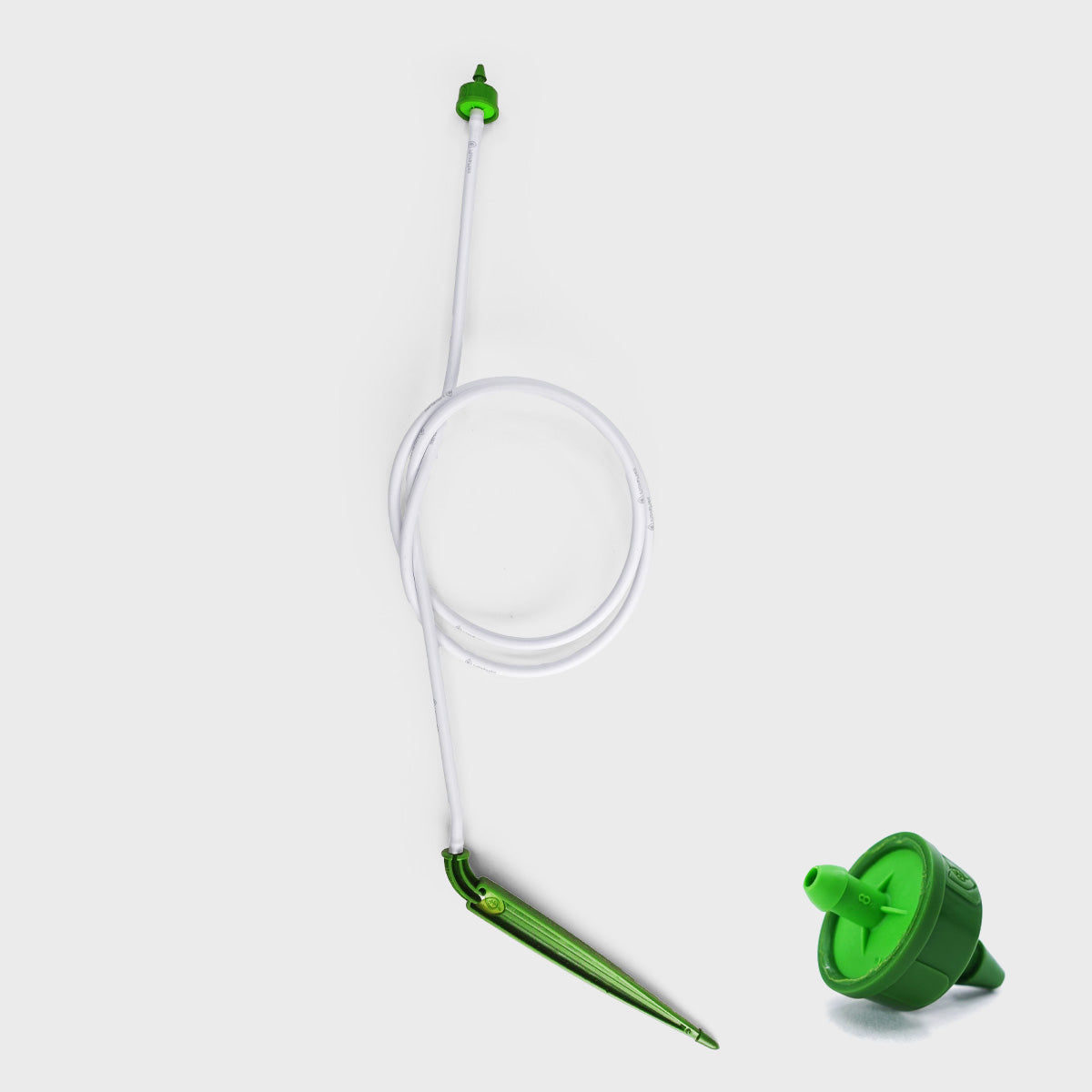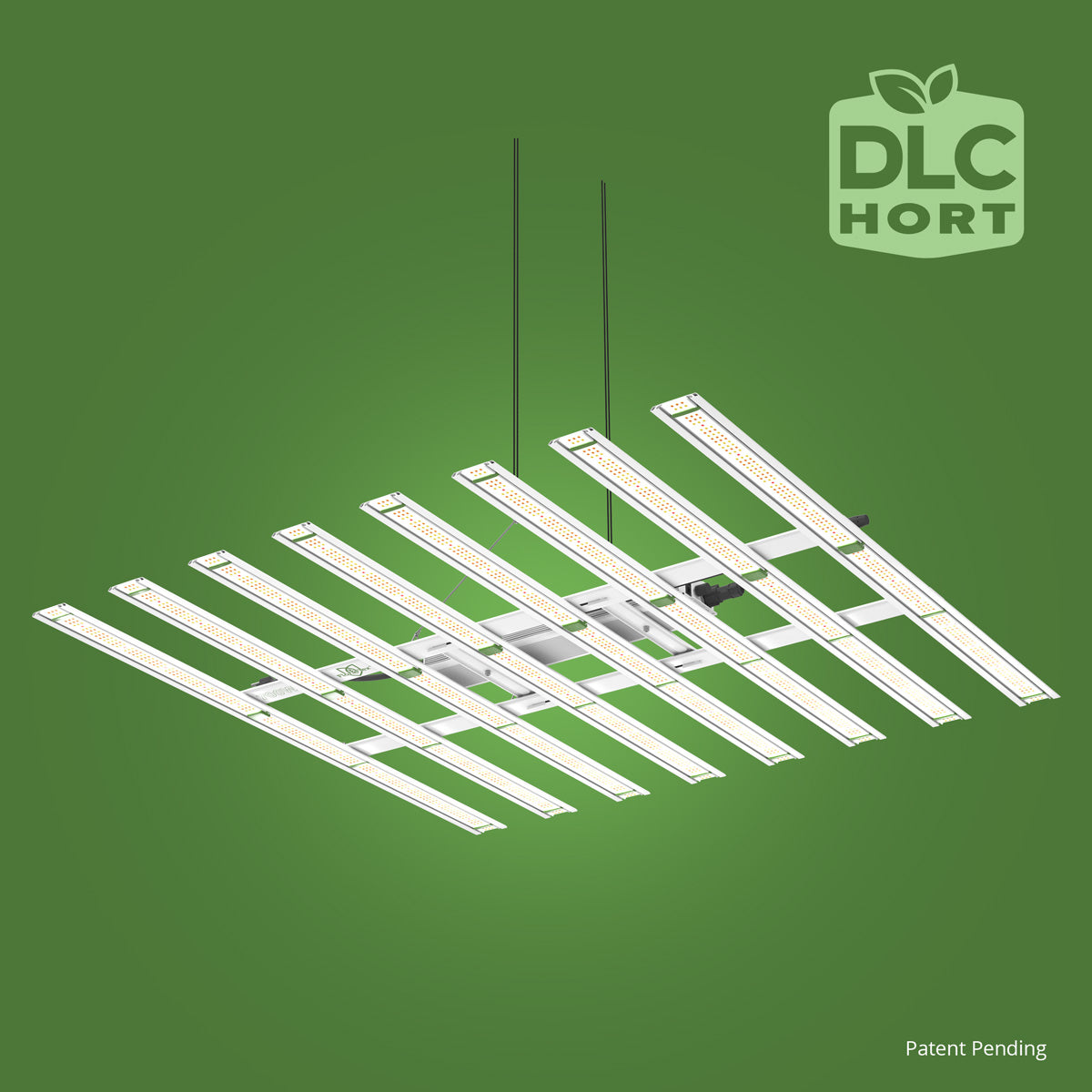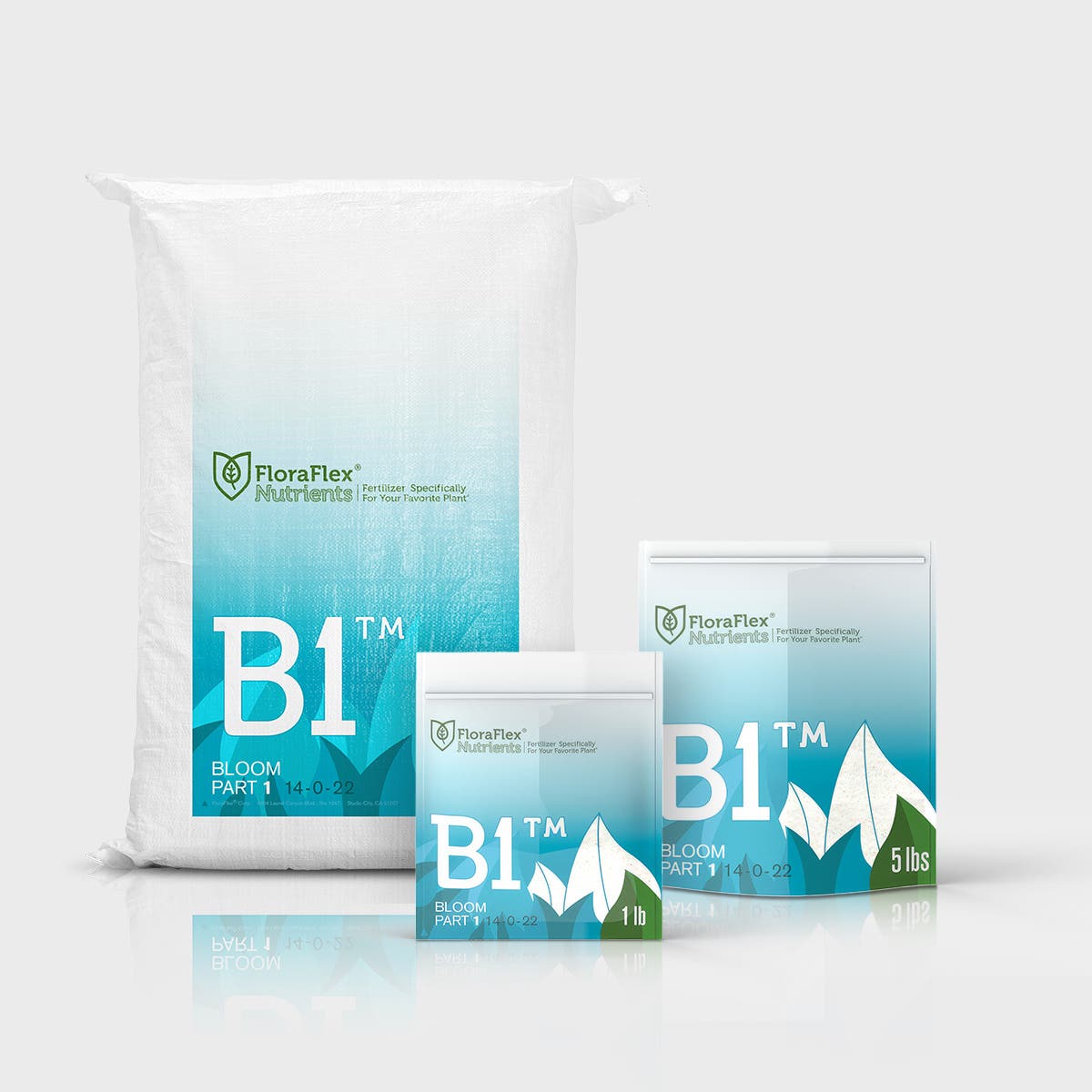How to Choose the Right Carbon Filter for Your Hydroponics Setup
Introduction
Hydroponics, the method of growing plants without soil, offers many advantages, but it can also create strong odors due to the concentrated presence of plants in an enclosed space. To control these odors and maintain a pleasant environment, carbon filters are essential components of hydroponics setups. In this blog post, we will explore the factors to consider when choosing the right carbon filter for your hydroponics system, ensuring effective odor control and optimal performance.
Understanding Carbon Filters
What are carbon filters?
Carbon filters, also known as activated carbon filters or charcoal filters, are devices designed to remove impurities and contaminants from the air by adsorbing them onto the surface of activated carbon. Activated carbon is highly porous and has a large surface area, allowing it to trap and retain a wide range of gases, odors, and airborne pollutants.
How do carbon filters work?
Carbon filters operate through a process called adsorption, where contaminants in the air are attracted to the surface of the activated carbon and adhere to it. As the air passes through the filter, the activated carbon traps and holds onto the impurities, leaving the air clean and odor-free. This mechanism makes carbon filters highly effective in eliminating unwanted odors in hydroponics setups.
Different types of carbon filters
There are several types of carbon filters available for hydroponics setups. The two most common types are:
-
Granular activated carbon (GAC) filters: These filters contain loose carbon granules packed into a cartridge or canister. GAC filters are known for their high adsorption capacity and are effective in removing a wide range of odors and gases. However, they may have lower airflow compared to other types.
-
Carbon block filters: Carbon block filters are made from compressed carbon powder or fibers. They offer a larger surface area for adsorption and generally have better airflow compared to GAC filters. Carbon block filters are suitable for hydroponics setups with higher airflow requirements.
Factors to Consider When Choosing a Carbon Filter
Choosing the right carbon filter for your hydroponics setup involves considering several important factors. Let's explore them in detail:
Size and Capacity
The size and capacity of a carbon filter are crucial for effective odor control. Here are some key considerations:
-
Grow room size: Determine the size of your hydroponics setup, including the dimensions and cubic footage of the grow room or tent. This information will help you select a carbon filter with the appropriate capacity.
-
Air exchange rate: Consider the desired air exchange rate for your setup. This rate refers to the number of times the air in the grow room should be completely replaced in an hour. A higher air exchange rate may require a larger or more powerful carbon filter.
Filter Media and Quality
The quality of the filter media significantly affects the performance and lifespan of the carbon filter. Consider the following aspects:
-
Activated carbon type: Different carbon filters may use various types of activated carbon, such as coconut shell, coal-based, or impregnated carbon. Each type has its own adsorption characteristics, so choose the one that suits your specific needs.
-
Carbon density: The density of the activated carbon affects its efficiency. Higher carbon density generally indicates better adsorption capacity.
-
Filter construction: Assess the overall quality of the filter, including the housing, seals, and connections. A well-constructed filter ensures proper airflow and prevents leaks.
Airflow and Fan Compatibility
The airflow capacity of a carbon filter should match the fan capacity in your hydroponics setup. Consider the following points:
-
CFM rating: CFM (cubic feet per minute) is a measure of airflow. Ensure that the carbon filter's CFM rating matches or exceeds the CFM rating of your exhaust or inline fan. Mismatched airflow capacities can lead to suboptimal odor control.
-
Fan and filter compatibility: Check the compatibility between the carbon filter and the fan connections. The filter should fit securely onto the fan without any leaks or excessive airflow resistance.
Cost and Maintenance
Cost and maintenance considerations play a significant role in choosing a carbon filter. Here are some factors to keep in mind:
-
Initial cost: Compare the prices of different carbon filters while considering their features and quality. Remember that cheaper filters may have lower performance or shorter lifespans.
-
Replacement cost: Take into account the cost of replacing the filter media or the entire filter unit. Some filters require only the carbon media to be replaced, while others may need the whole unit to be replaced.
-
Maintenance requirements: Consider the maintenance tasks associated with the carbon filter, such as cleaning, replacing parts, or checking for leaks. Choose a filter that aligns with your preferred level of maintenance effort.
Assessing Odor Control Needs
Effective odor control in hydroponics setups requires a thorough understanding of the odor sources and the capacity of carbon filters to address them. Let's explore this further:
Identifying odor sources in hydroponics
Understanding the sources of odors in your hydroponics setup helps you determine the appropriate carbon filter capacity. Some common sources of odors in hydroponics include:
-
Plant metabolism: During certain stages of growth, plants release volatile organic compounds (VOCs) that can contribute to strong odors. Different plant species may have varying levels of odor production.
-
Nutrient solutions: Hydroponic systems use nutrient solutions to deliver essential elements to plants. These solutions can emit distinct smells, especially if they become stagnant or contaminated.
Understanding carbon filter effectiveness
To choose the right carbon filter, it's essential to assess its effectiveness in removing odors. Consider the following factors:
-
VOC adsorption capacity: Carbon filters have different capacities for adsorbing volatile organic compounds. Look for filters with a high VOC removal rate to ensure effective odor control.
-
Filter lifespan: The lifespan of a carbon filter depends on its quality, usage conditions, and the concentration of odors it is exposed to. Longer-lasting filters can save you money in the long run.
Estimating required carbon filter capacity
Estimating the required carbon filter capacity involves considering the size of the grow room, the intensity of odor sources, and the desired odor control level. Here's how you can estimate the capacity:
-
Calculate the cubic footage of the grow room by multiplying its length, width, and height.
-
Determine the desired air exchange rate per hour based on your odor control goals. For example, if you want four air exchanges per hour, multiply the cubic footage by 4.
-
Consider the odor intensity and types of plants you are growing. Some plants produce stronger odors than others, so adjust the filter capacity accordingly.
By following these steps, you can estimate the minimum required carbon filter capacity to effectively control odors in your hydroponics setup.
Sizing and Matching Carbon Filters
Choosing the right size and matching the carbon filter to the fan size are crucial for optimal performance. Let's explore the key considerations:
Calculating the required filter size
To calculate the required filter size, follow these steps:
-
Determine the CFM rating of your exhaust or inline fan.
-
Multiply the CFM rating by the desired air exchange rate per hour to obtain the required CFM for the carbon filter.
-
Choose a filter with a CFM rating that matches or exceeds the calculated value.
Matching the filter to the fan size
Matching the carbon filter to the fan size ensures proper airflow and effective odor control. Consider the following:
-
Fan and filter sizes: Ensure that the filter diameter matches the fan's diameter or the duct size. Mismatched sizes can cause leaks, reduce airflow efficiency, and compromise odor control.
-
Connecting flanges: Check if the carbon filter and the fan have compatible connecting flanges. Secure connections prevent air leakage and maintain optimal airflow.
Considerations for multiple filters
In larger hydroponics setups or grow rooms with complex layouts, multiple carbon filters may be necessary. Here are a few factors to consider:
-
Filter placement: Strategically position the filters to ensure uniform airflow and maximum coverage throughout the grow room. Consider the air circulation patterns and the locations of odor sources.
-
Airflow distribution: If using multiple filters, ensure balanced airflow distribution across all filters. Uneven airflow can lead to unequal odor control in different areas of the grow room.
-
Synchronization: Coordinate the replacement and maintenance schedules for multiple filters to ensure consistent odor control. This prevents any gaps in filtration during filter replacements.
Evaluating Carbon Filter Quality
Assessing the quality of a carbon filter involves considering factors like filter media, lifespan, and airflow efficiency. Let's dive into the details:
Assessing filter media quality
The quality of the activated carbon and the filter media significantly impacts odor control effectiveness. Consider the following aspects:
-
Carbon source: Different sources of activated carbon, such as coconut shells or coal, can vary in quality. Look for filters that use high-quality carbon to ensure better adsorption capacity.
-
Carbon impregnation: Some filters are impregnated with additional substances to enhance their odor control capabilities. Examples include filters impregnated with potassium permanganate for enhanced VOC removal.
Evaluating carbon filter lifespan
The lifespan of a carbon filter depends on several factors, including the quality of the filter and the concentration of odors in the grow room. Consider the following:
-
Manufacturer's recommendations: Check the manufacturer's guidelines for the estimated lifespan of the carbon filter. These recommendations provide a baseline for replacement intervals.
-
Filter saturation indicators: Some filters come with indicators that change color as the carbon becomes saturated. These indicators can help you determine when it's time to replace the filter.
Considering airflow resistance and efficiency
The airflow resistance and efficiency of a carbon filter affect the overall performance of your hydroponics setup. Consider the following:
-
Pressure drop: Pressure drop refers to the reduction in airflow caused by the filter. Lower-pressure drop filters allow for better airflow and minimize strain on the exhaust or inline fan.
-
Efficiency rating: Look for filters with high-efficiency ratings, indicating that they can effectively remove odors while maintaining optimal airflow. Efficiency ratings are often expressed as a percentage of odor removal.
By evaluating these quality factors, you can choose a carbon filter that offers optimal performance and durability for your hydroponics setup.
Budget Considerations and Maintenance
Budget considerations and maintenance play important roles in choosing a carbon filter that suits your needs. Let's explore these factors in detail:
Comparing costs of different carbon filters
When comparing costs, consider the following factors:
-
Upfront cost: Compare the prices of different carbon filters. Remember that cheaper filters may have shorter lifespans or lower odor control efficiency.
-
Long-term cost: Calculate the overall cost over time, including the replacement of filter media or entire units. Consider the lifespan and maintenance requirements of each filter.
-
Cost-efficiency: Assess the cost-efficiency by dividing the filter's price by its lifespan. This calculation helps determine the cost per unit of time.
Understanding filter replacement and maintenance
Proper maintenance is crucial for optimal performance and longevity of carbon filters. Consider the following maintenance aspects:
-
Replacement intervals: Follow the manufacturer's recommendations for replacing the carbon filter. Regular replacements ensure consistent odor control.
-
Filter cleaning: Some filters can be cleaned to extend their lifespan. However, check the manufacturer's guidelines before attempting to clean the filter, as improper cleaning can damage the filter or reduce its effectiveness.
-
Leak detection and repair: Regularly check for any leaks or damage in the filter housing, seals, and connections. Leaks can compromise odor control and require immediate repair or replacement.
By considering budget constraints and maintenance requirements, you can choose a carbon filter that strikes a balance between performance and long-term cost-effectiveness.
Conclusion
Choosing the right carbon filter for your hydroponics setup is essential for effective odor control and a pleasant growing environment. By considering factors like size, filter media quality, airflow compatibility, and maintenance requirements, you can ensure optimal performance and longevity of the carbon filter. Remember to assess your specific odor control needs and calculate the appropriate filter capacity based on your grow room's size and odor sources. With the right carbon filter in place, you can enjoy odor-free hydroponics and healthy plant growth.
FAQs
-
What is the lifespan of a carbon filter? The lifespan of a carbon filter can vary depending on factors such as filter quality, usage conditions, and the concentration of odors. On average, carbon filters can last anywhere from 6 to 12 months before requiring replacement.
-
Can I clean and reuse carbon filters? Some carbon filters can be cleaned to extend their lifespan. However, not all filters are designed for cleaning, so it's important to check the manufacturer's guidelines. Improper cleaning can damage the filter or reduce its effectiveness.
-
Do I need to replace the entire carbon filter or just the carbon media? It depends on the type of carbon filter you have. Some filters allow you to replace only the carbon media, while others require the entire filter unit to be replaced. Refer to the manufacturer's recommendations for the specific filter you're using.
-
How often should I replace the carbon filter in my hydroponics setup? The replacement interval for carbon filters can vary. It is generally recommended to replace the filter every 6 to 12 months or when the filter becomes saturated and can no longer effectively remove odors. Regularly monitor the filter's performance and follow the manufacturer's guidelines.
-
Are there any alternatives to carbon filters for odor control? Yes, there are alternative odor control methods, such as ozone generators, air purifiers, or using odor-neutralizing agents. However, it's important to carefully research and consider the pros and cons of each alternative method before making a decision.

